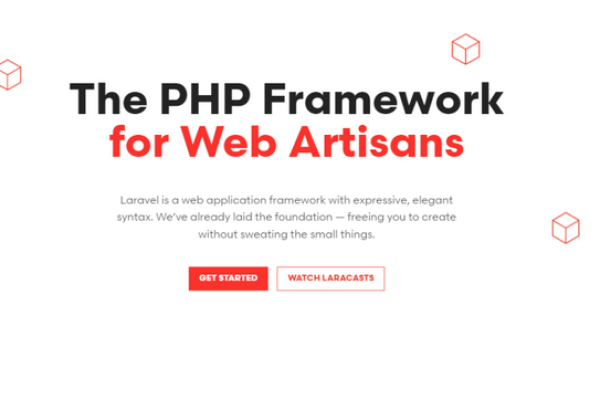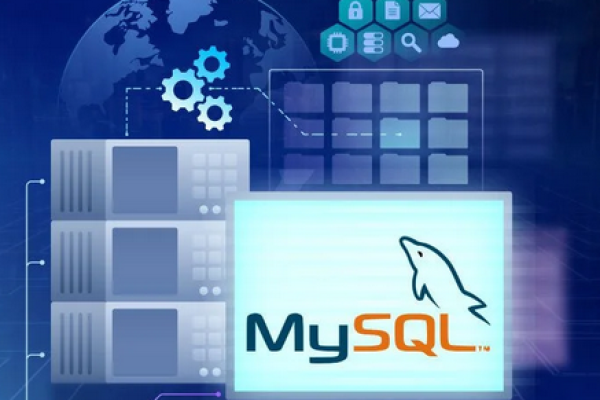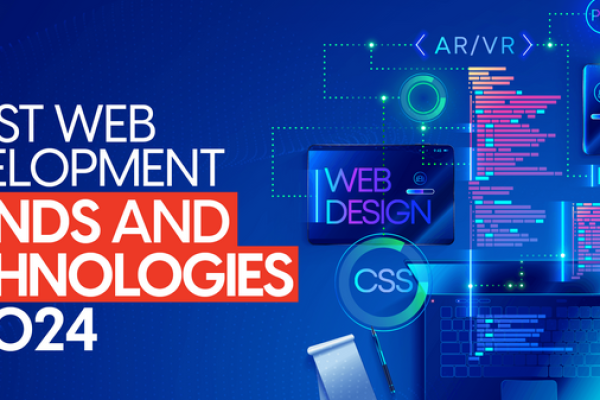Create Responsive UIs with Tailwind CSS - Best Practices
Home
Coding Challenges
Creating Responsive UIs with Tailwind CSS

Creating Responsive UIs with Tailwind CSS
Learn how to create responsive UIs with Tailwind CSS. Explore best practices, techniques, and FAQs to build mobile-friendly, scalable designs effortlessly.

Creating Responsive UIs with Tailwind CSS
In today’s digital world, responsive web design is essential to delivering a seamless user experience across all devices. Tailwind CSS, a utility-first CSS framework, simplifies the process of building responsive UIs. In this article, we’ll explore how to use Tailwind CSS to create adaptive and user-friendly interfaces.
Why Choose Tailwind CSS for Responsive Design?
Tailwind CSS offers several advantages that make it an excellent choice for building responsive UIs:
- Utility-First Approach: Write minimal CSS and use predefined utility classes.
- Mobile-First Design: Tailwind follows a mobile-first approach for optimal performance.
- Customization & Extensibility: Easily extend styles with Tailwind’s configuration file.
- Performance-Optimized: Tailwind removes unused CSS for faster loading times.
Setting Up Tailwind CSS
To start using Tailwind CSS, follow these steps:
Install Tailwind CSS:
npm install -D tailwindcss postcss autoprefixerInitialize Tailwind:
npx tailwindcss initConfigure Tailwind: Add content paths in
tailwind.config.jsto enable purging:module.exports = { content: ['./src/**/*.{html,js}'], theme: { extend: {}, }, plugins: [], };Include Tailwind in CSS: Add the following to your CSS file:
@tailwind base; @tailwind components; @tailwind utilities;
Responsive Design with Tailwind CSS
Tailwind provides responsive classes using the following breakpoints:
sm(640px)md(768px)lg(1024px)xl(1280px)2xl(1536px)
Example: Responsive Layout
<div >
<h1 >Responsive Heading</h1>
</div>
This will adjust the padding and text size based on the screen width.
Creating Responsive Navigation
A common UI element is a responsive navigation menu. Using Tailwind, you can easily create a mobile-friendly navigation system.
This navigation bar will display a hamburger menu on small screens and a full menu on larger screens.
Optimizing Images for Responsiveness
Tailwind allows images to scale responsively with utility classes like:
<img src=image.jpg />
This ensures the image adjusts dynamically for different screen sizes.
Grid & Flexbox for Responsive Layouts
Tailwind’s flex and grid utilities make it easy to create complex layouts.
Example: Flexbox Layout
<div >
<div >Left</div>
<div >Right</div>
</div>
This layout stacks elements on mobile and arranges them side by side on larger screens.
Example: Grid Layout
<div >
<div >Item 1</div>
<div >Item 2</div>
<div >Item 3</div>
<div >Item 4</div>
</div>
This grid layout dynamically adjusts based on screen size.
FAQs
1. What is the default breakpoints system in Tailwind CSS?
Tailwind CSS uses a mobile-first breakpoint system: sm (640px), md (768px), lg (1024px), xl (1280px), and 2xl (1536px).
2. Can I customize breakpoints in Tailwind CSS?
Yes, you can customize breakpoints by modifying the theme.extend.screens section in tailwind.config.js.
3. How do I make a div full width only on mobile?
Use w-full md:w-auto to make an element full width on small screens and auto-sized on larger screens.
4. How do I create a sticky header in Tailwind CSS?
Use sticky top-0 to make a header stick to the top of the viewport while scrolling.
5. Does Tailwind CSS work with CSS Grid?
Yes, Tailwind provides extensive grid utilities like grid, grid-cols-*, and gap-* to create responsive grid layouts.
Conclusion
Tailwind CSS is a powerful tool for creating responsive UIs with ease. Its utility-first approach, responsive breakpoints, and customization options make it an excellent choice for developers. By leveraging Tailwind’s features, you can build mobile-friendly, scalable, and high-performance web designs efficiently.
Share this post:
Related Posts

A comprehensive guide for beginners who want to learn Laravel, covering everything from installation...

Discover why MySQL is perfect for large-scale projects with its scalability, security, cost-efficien...

A look at the latest trends in web development for 2024, including new technologies, best practices,...
